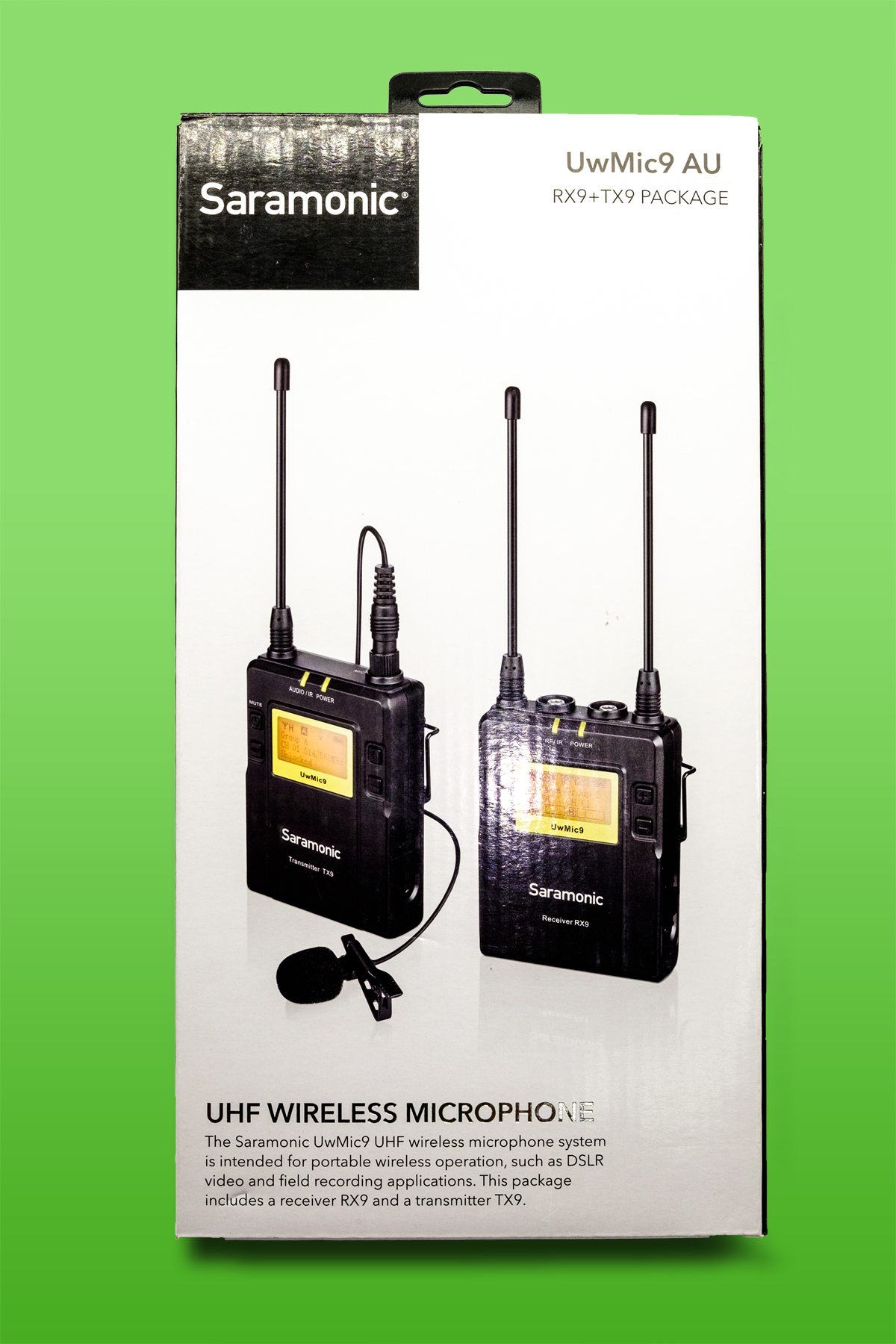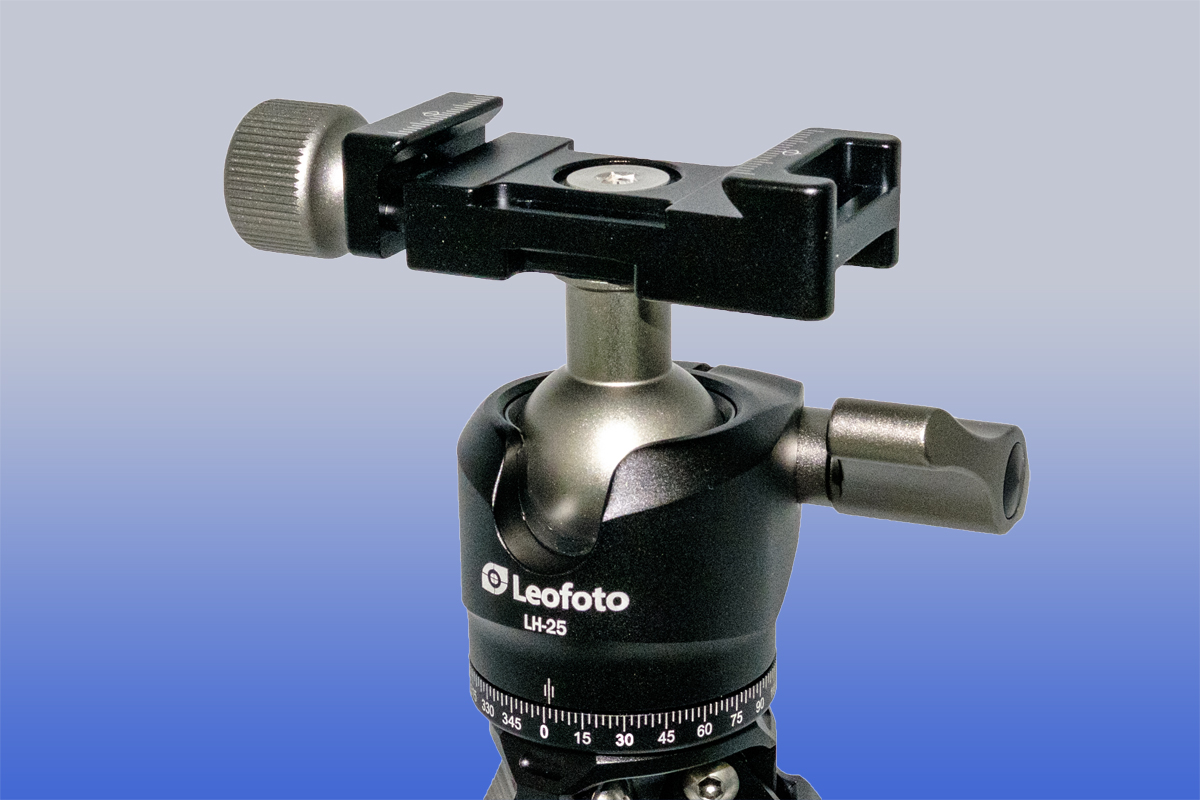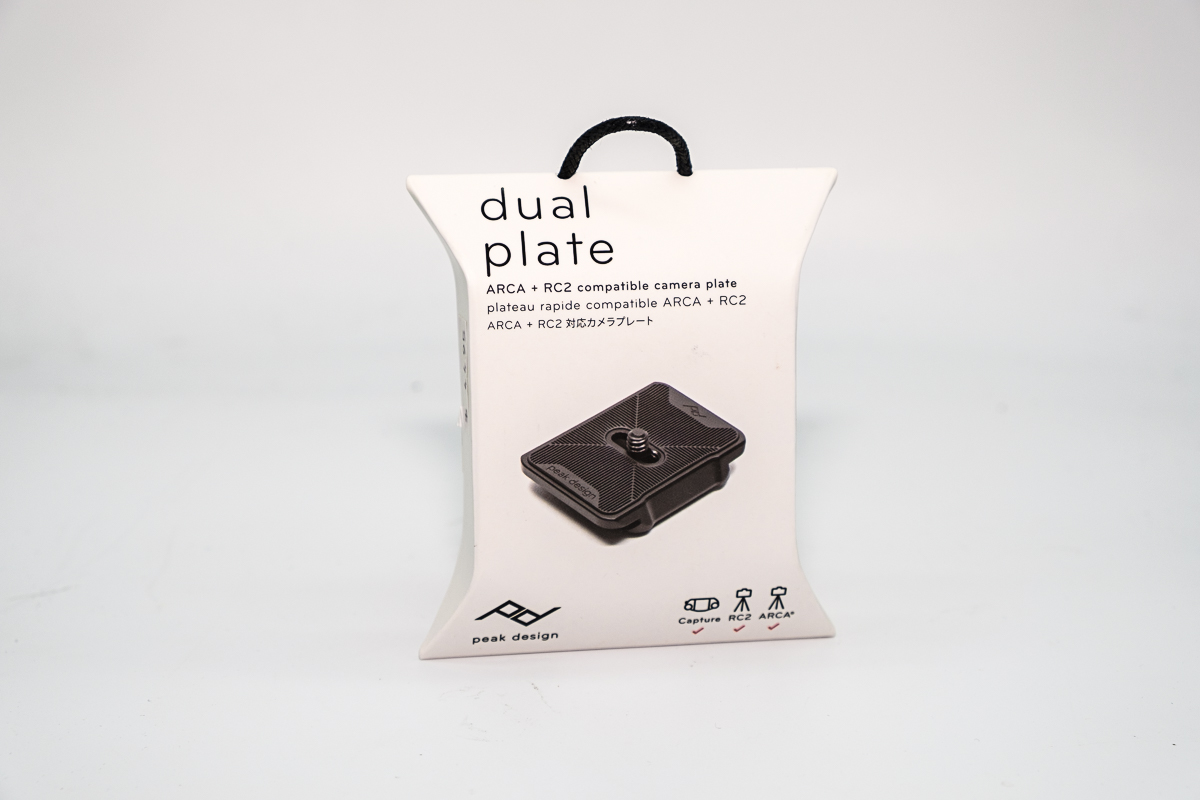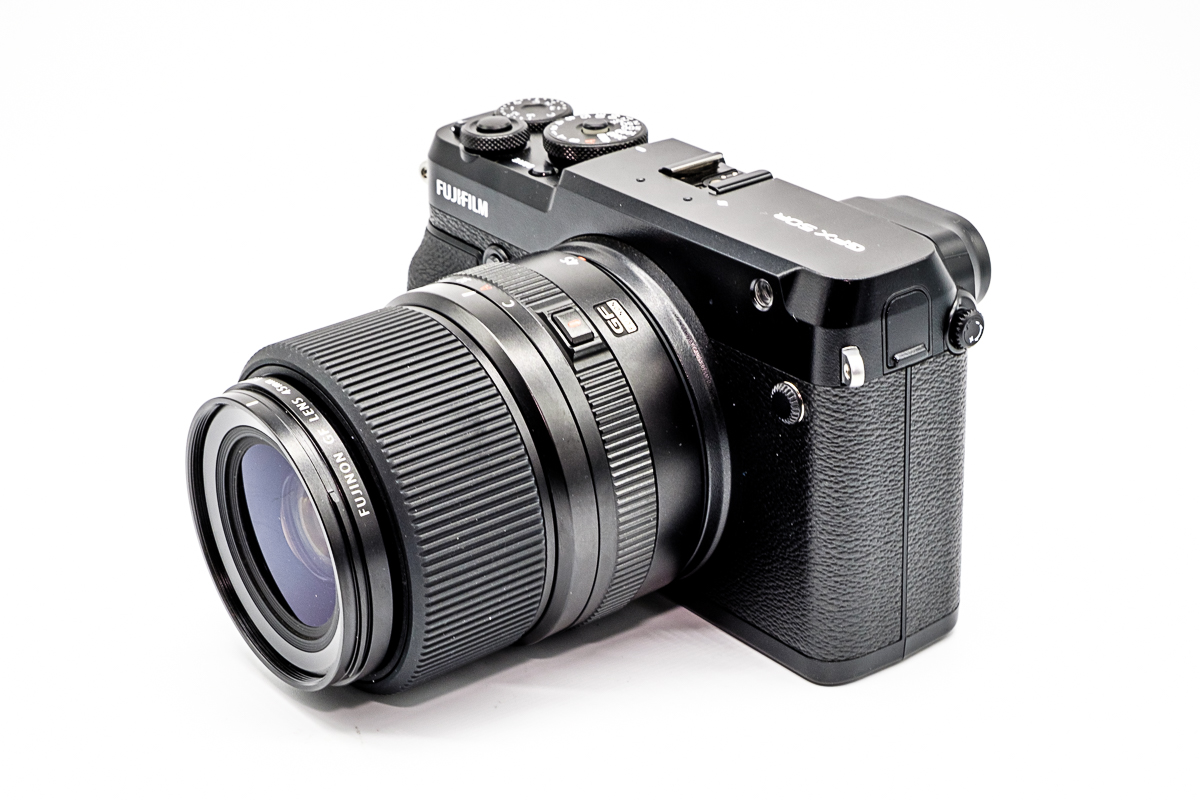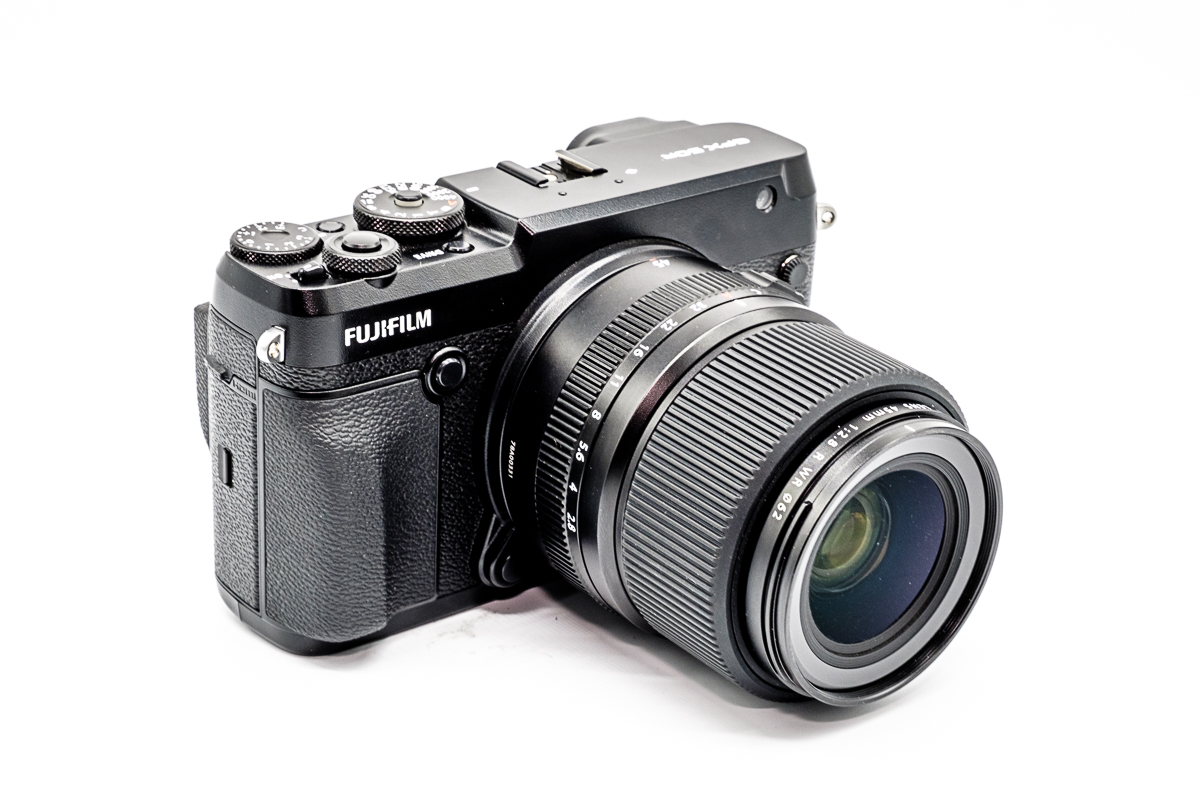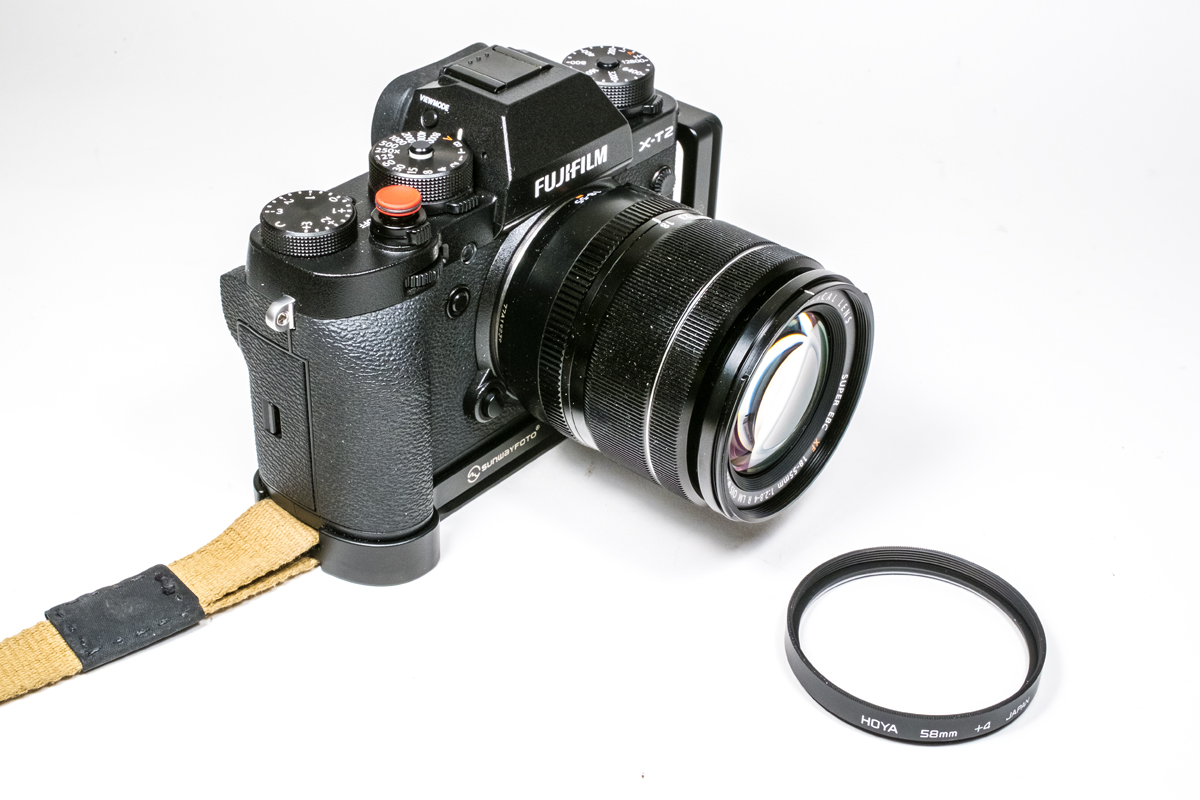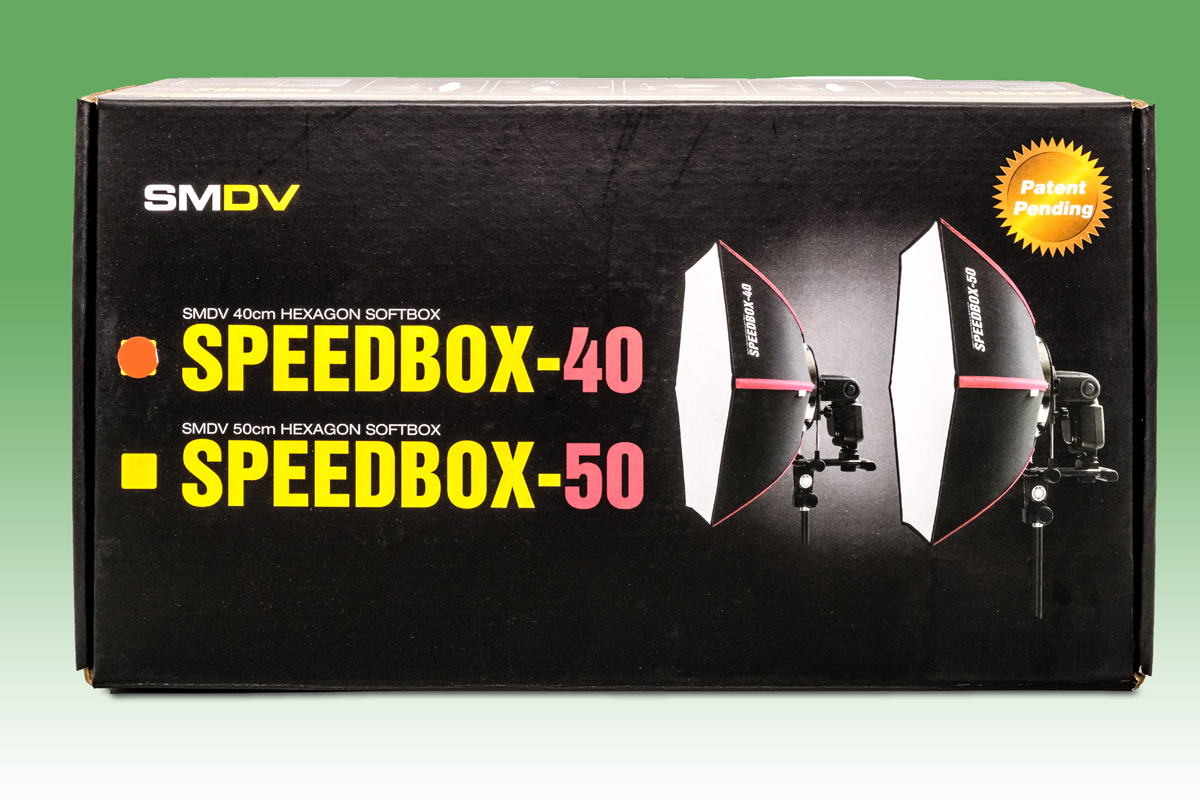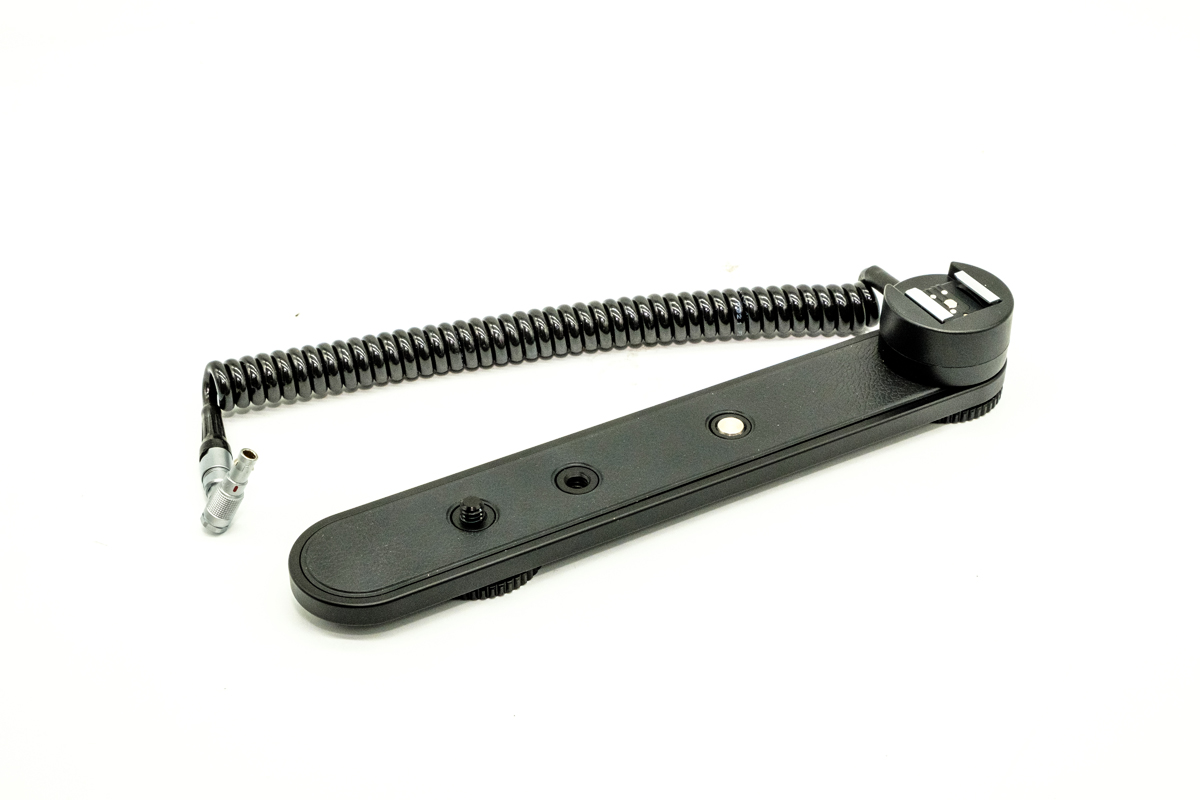28 Feb Talk is Cheap!
Well, cheaper than it was before. And you can't blame the internet for this one - because actually, it's not a case of blame, but of good luck. Saramonic may be a new name to you, but they are not new in the audio-for-video field. They have the advantage in this of a good price point for their professional-quality gear. The piece today is the Saramonic UwMic9 AU package - a two-piece transmitter and receiver kit with dual-channel transmission and a lavalier microphone. There is full connectivity with the DSLR or mirrorless camera - or even a dedicated video rig. And the size is perfect for most interview and commentary work. The boxes are surprisingly heavy - indicative of a good build quality inside the casing. The price point that was mentioned before is something that you'll want to come down to discuss with the staff here at the shop but the floor manager mentioned that it was about 1/3 that of other similar professional brands. That's a real working advantage for any crew. The specs indicate a range of 100 metres if it's a...


